
Interdisciplinarity
Drawings as tools to (re)imagine space in interdisciplinary global health research
Abstract
Understanding the role of space in infectious diseases' dynamics in urban contexts is key to developing effective mitigation strategies. Urbanism, a discipline that both studies and acts upon the city, commonly uses drawings to analyse spatial patterns and their variables. This paper revisits drawings as analytical and integrative tools for interdisciplinary research. We introduce the use of drawings in two interdisciplinary projects conducted in the field of global public health: first, a study about the heterogeneous burden of tuberculosis and COVID-19 in Lima, Peru, and second, a study about urban malaria in Jimma, Ethiopia. In both cases, drawings such as maps, plans, and sections were used to analyse spatial factors present in the urban context at different scales: from the scale of the territory, the city, and the district, to the neighbourhood and the household. We discuss the methodological approaches taken in both cases, considering the nature of the diseases being investigated as well as the natural and social context in which the studies took place. We contend that the use of drawings helps to reimagine space in public health research by adding a multidimensional perspective to spatial variables and contexts. The processes and products of drawing can help to (a) identify systemic relations within the spatial context, (b) facilitate integration of quantitative and qualitative data, and (c) guide the formulation of policy recommendations, informing public and urban health planning.
Details
Ongoing initiative
Started in 2021 under ITM FA4 Agreement
Products
Researchers
Jesus Cisneros
Mario De Los Santos
Karla Solari
Victor Vega
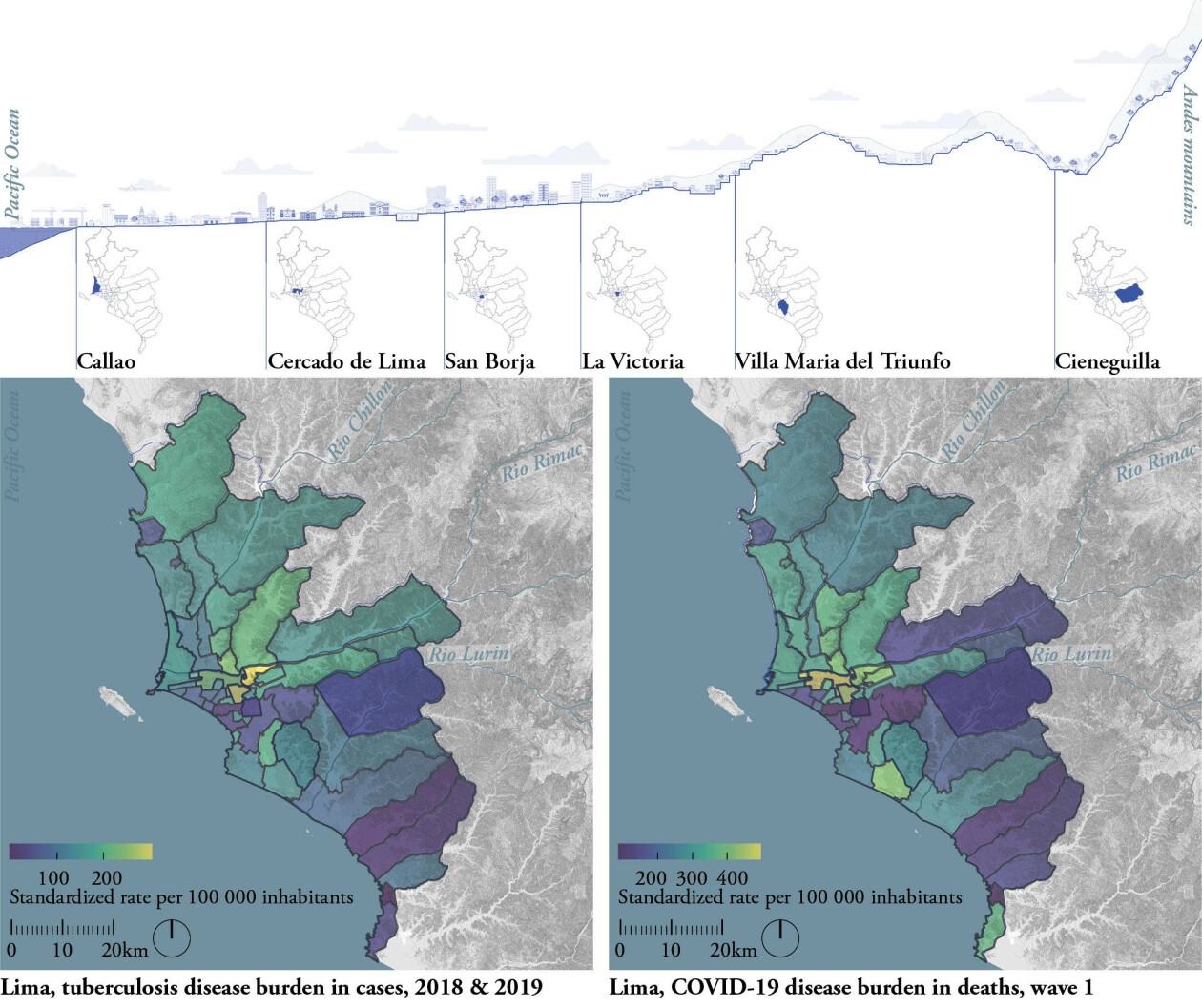
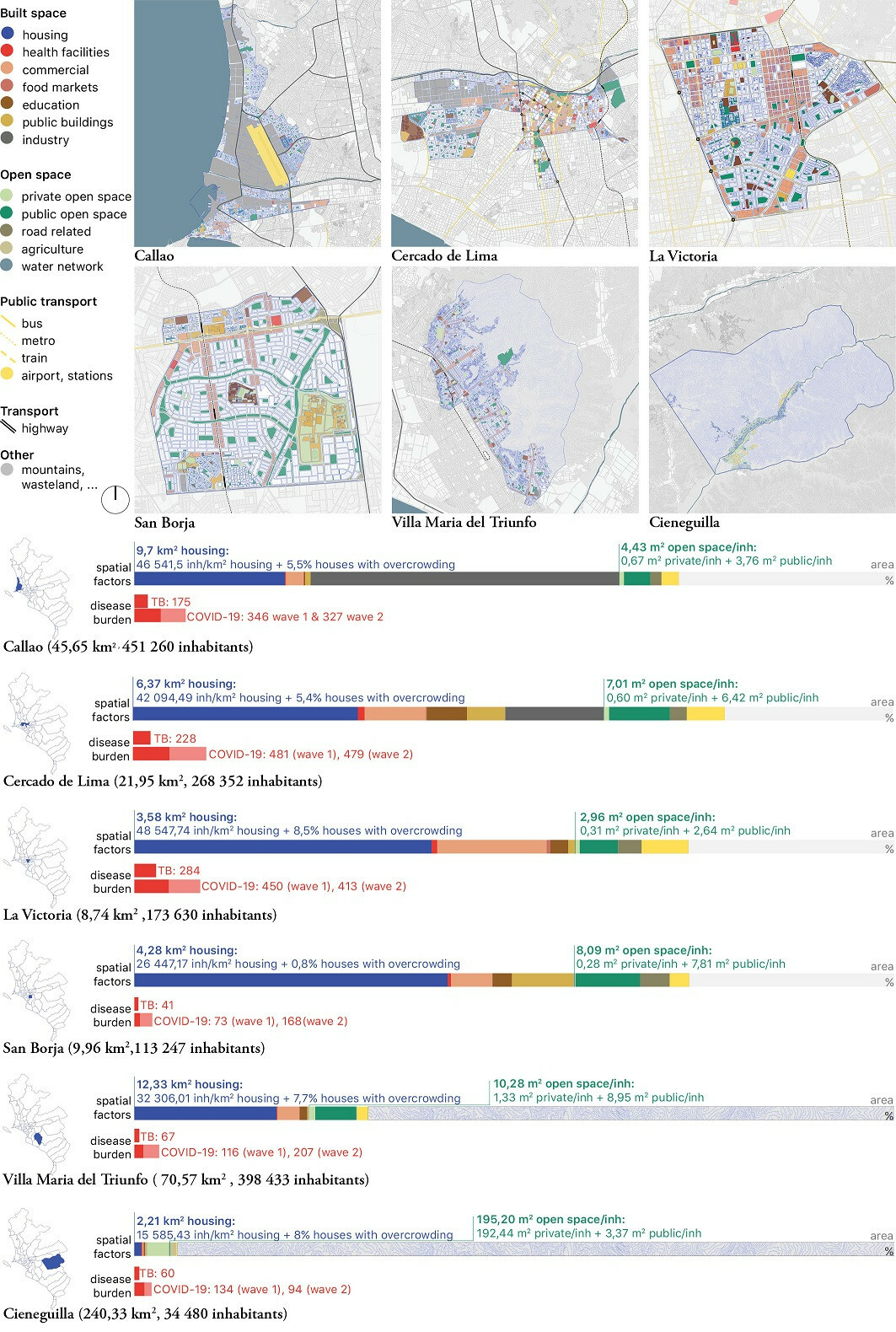
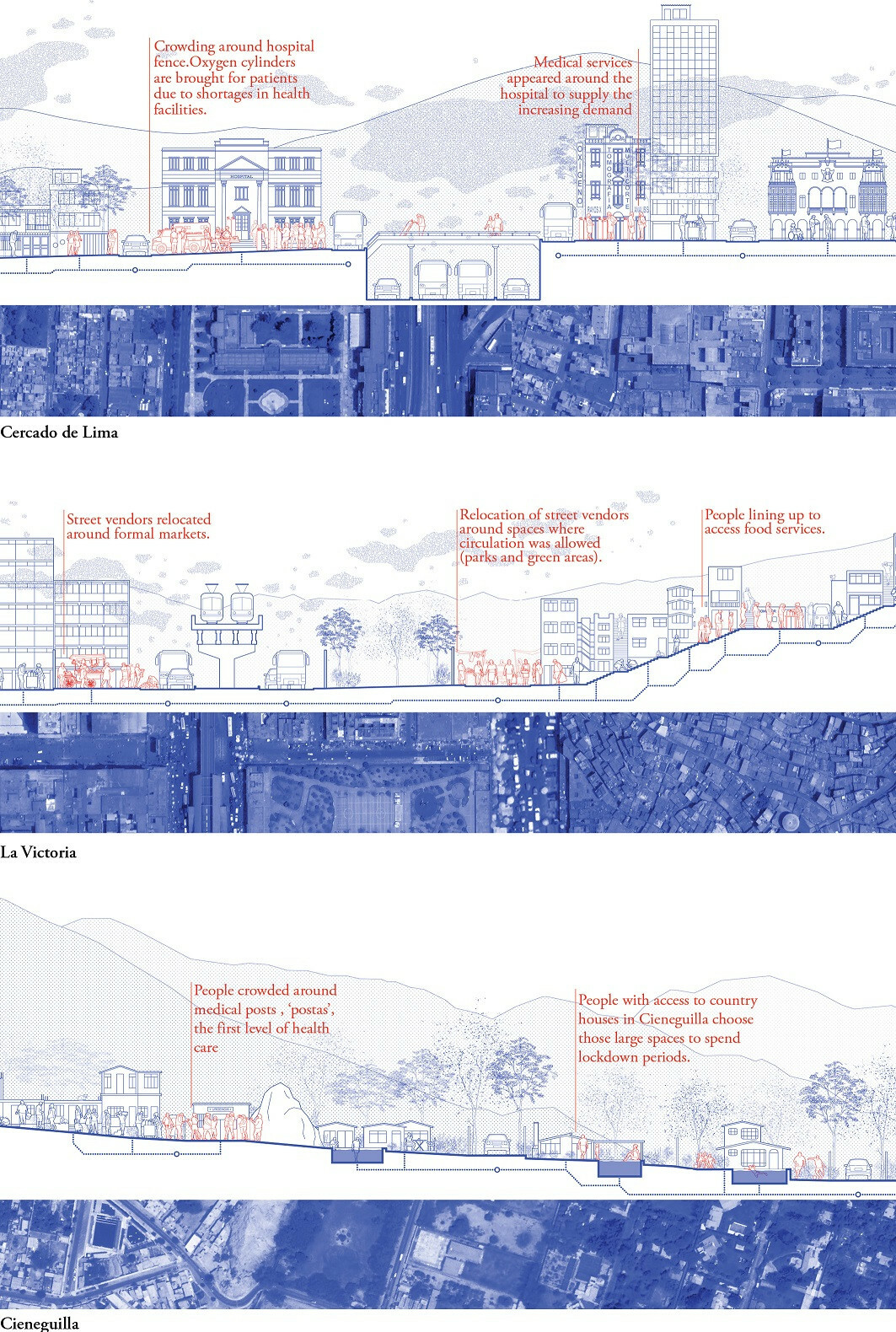
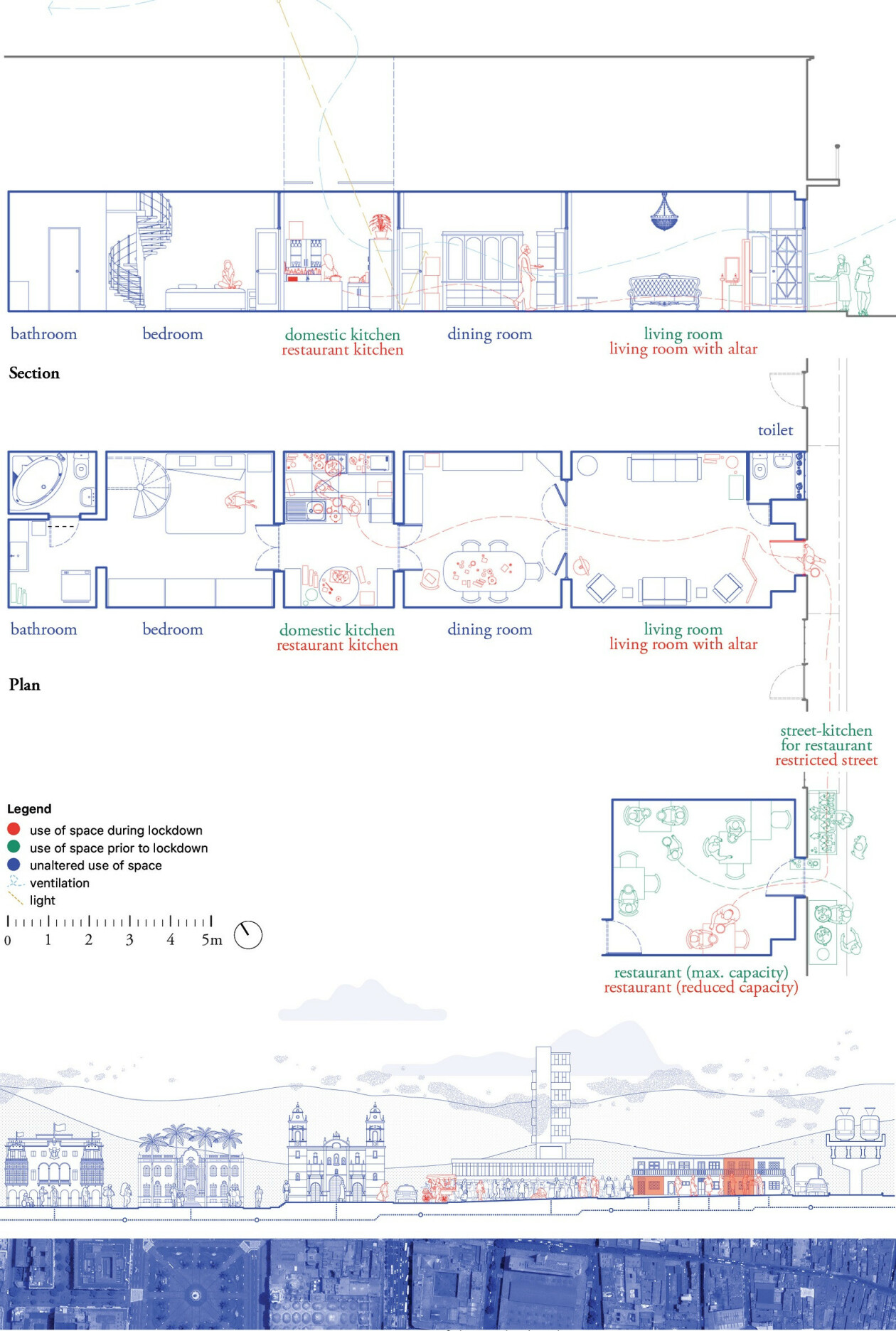
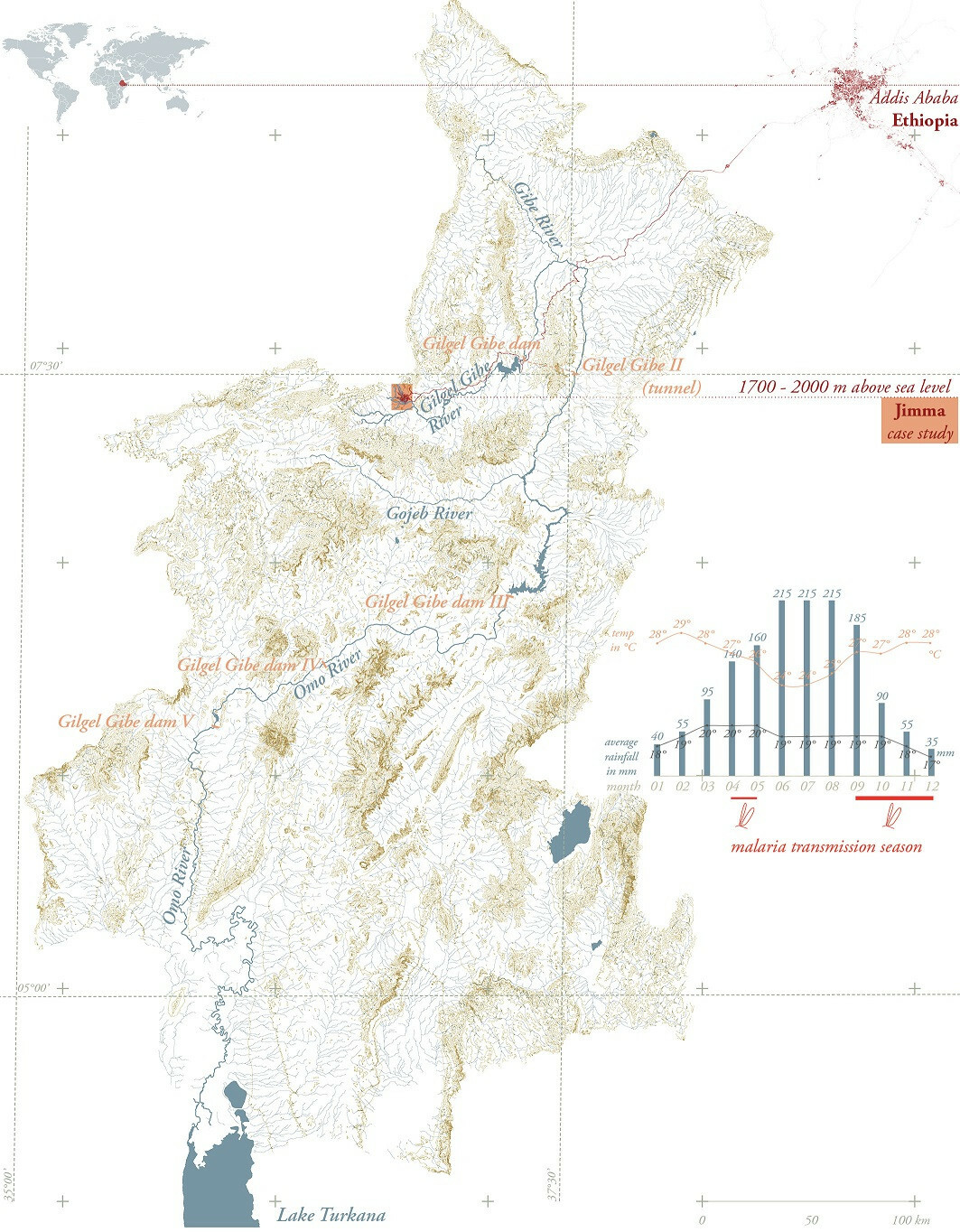
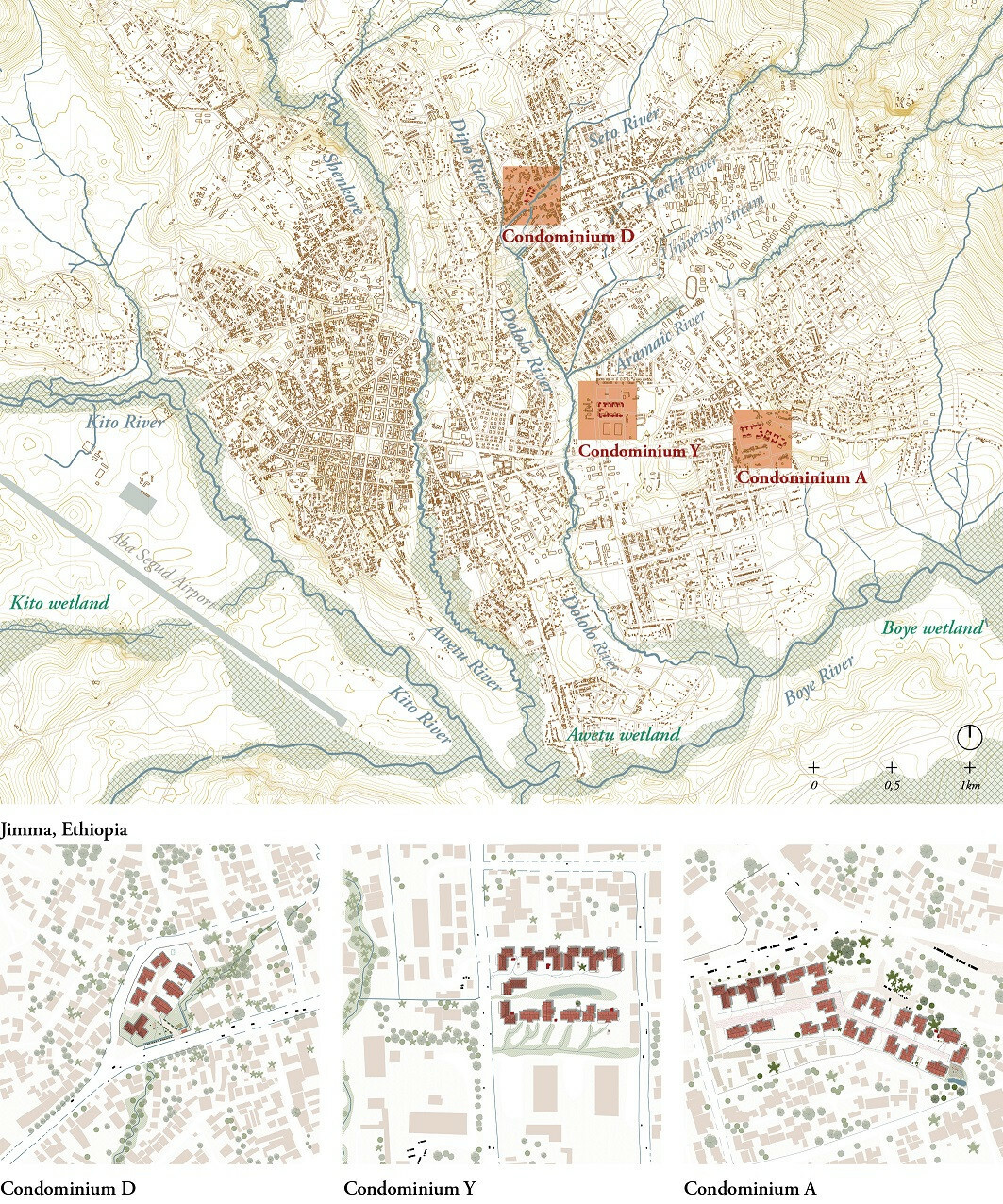

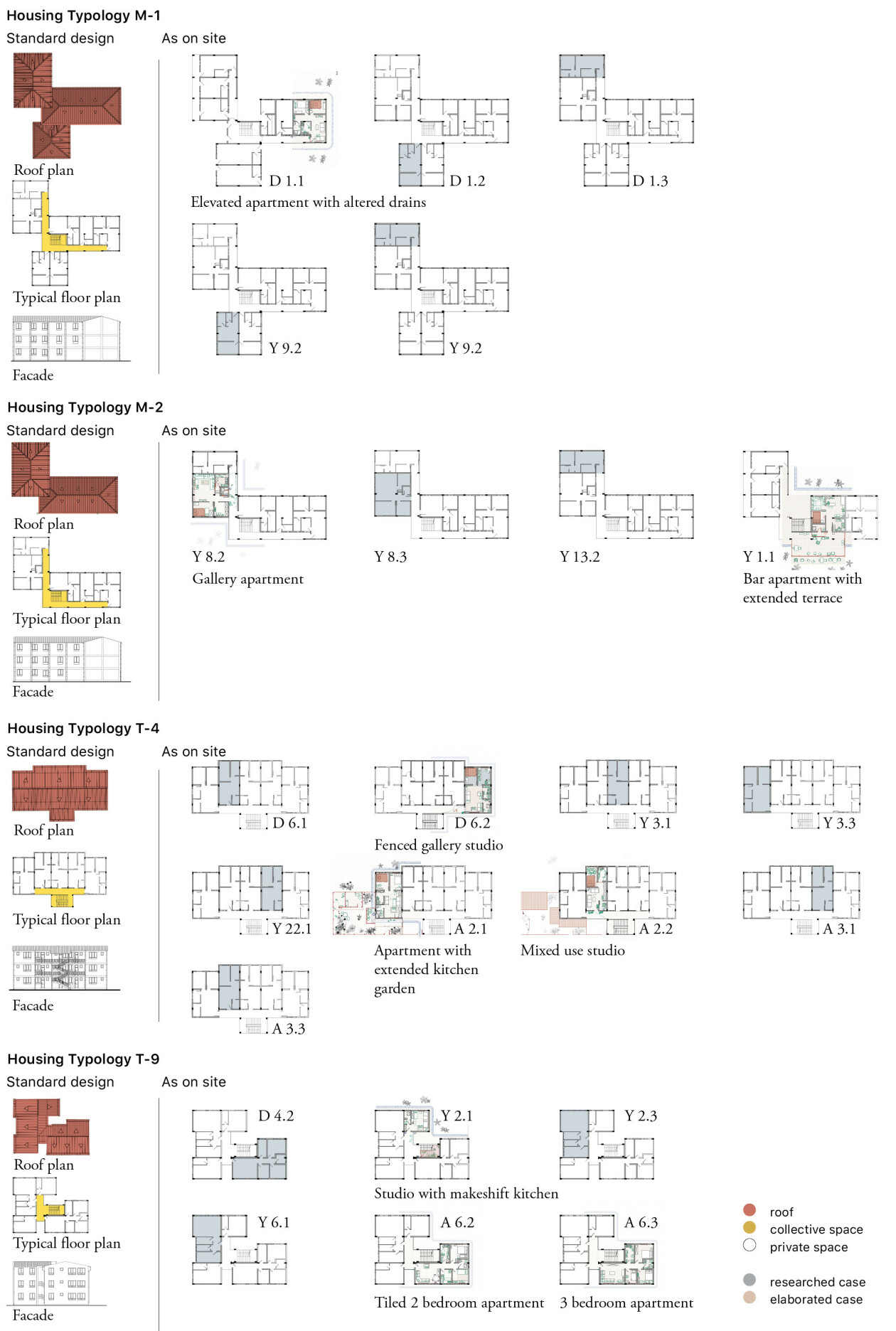
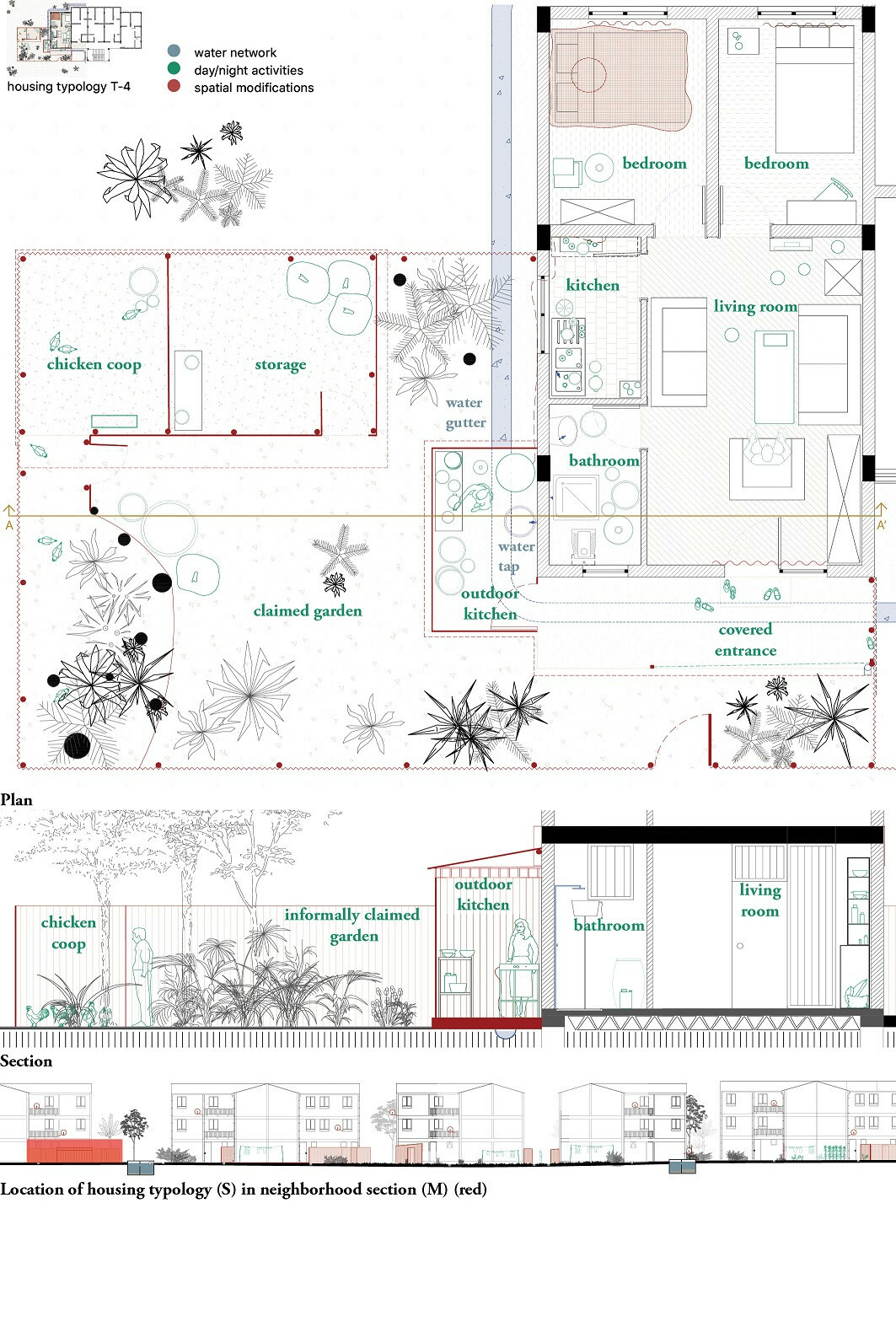
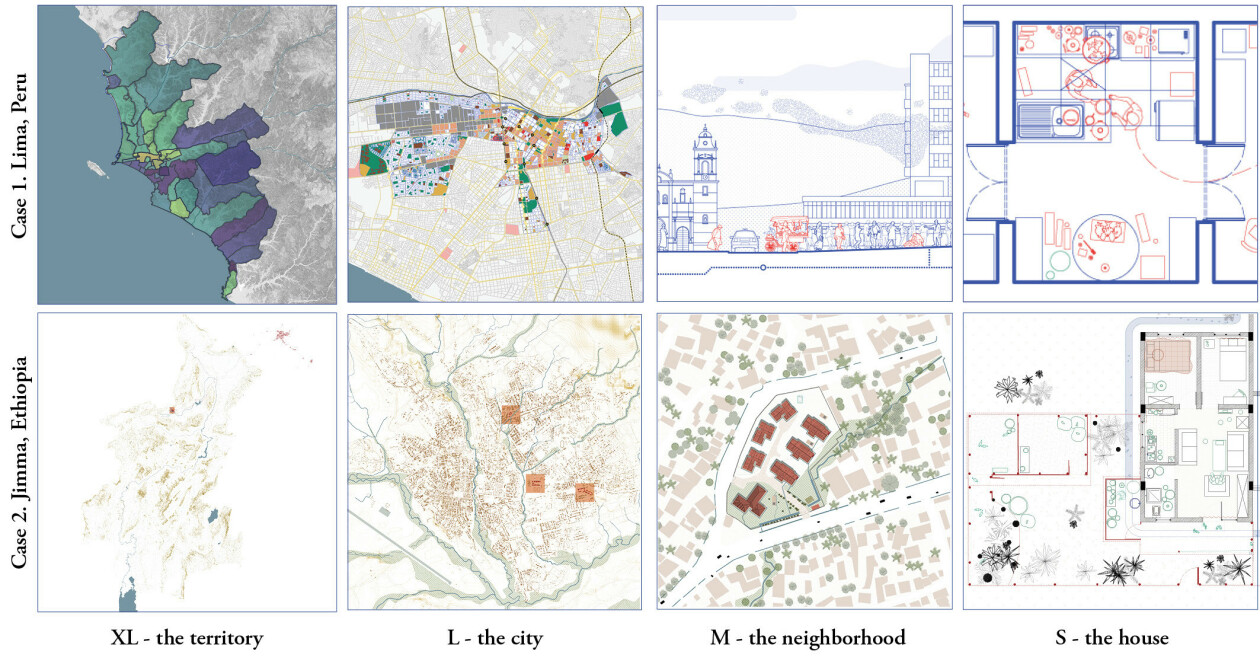
Study experiences of inter- and transdisciplinarity with emphasis on data integration, knowledge generation and collaboration in projects involving ITM researchers
Abstract
This study is focused on the process of interdisciplinary learning. As a multidimensional construction, interdisciplinary learning is built on the basis of cognitive, emotional, and interactional processes (Boix Mansilla et al., 2015). In this case, we will use the Model of Interdisciplinary Learning (Boix Mansilla, 2017) to study four processes typically involved in intern and transdisciplinary research, specifically: establishing purpose, disciplinary exchange, leveraging integration and critical thinking.
With this study, we propose to a) explore the knowledge and expertise existing at ITM in terms of inter- and transdisciplinary, and b) strengthen our capacity to address scientific (conceptual, operational, methodological, technical and ethical) challenges derived from these types of research.